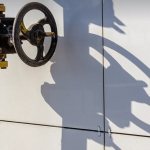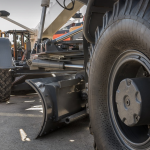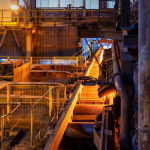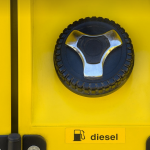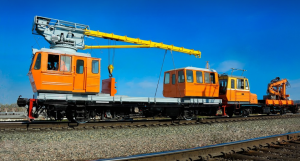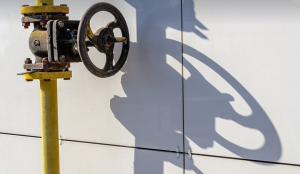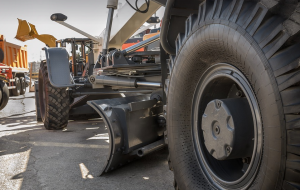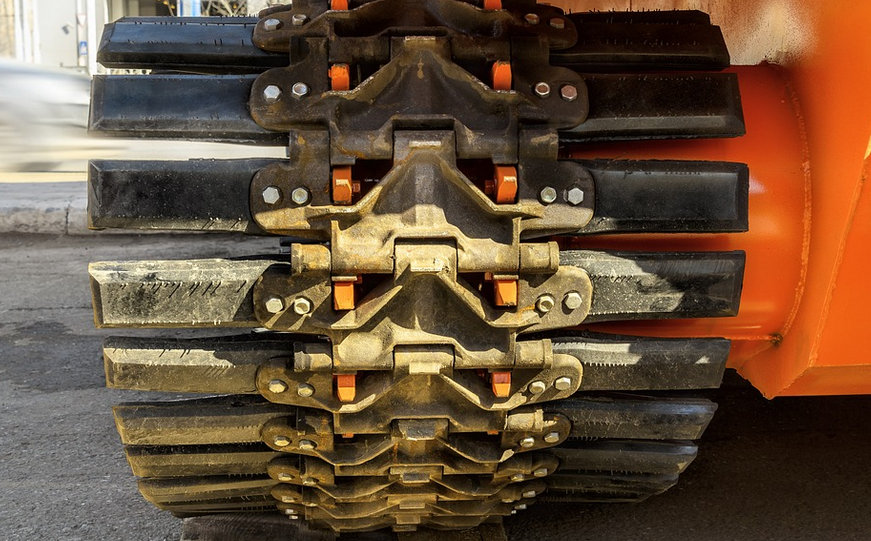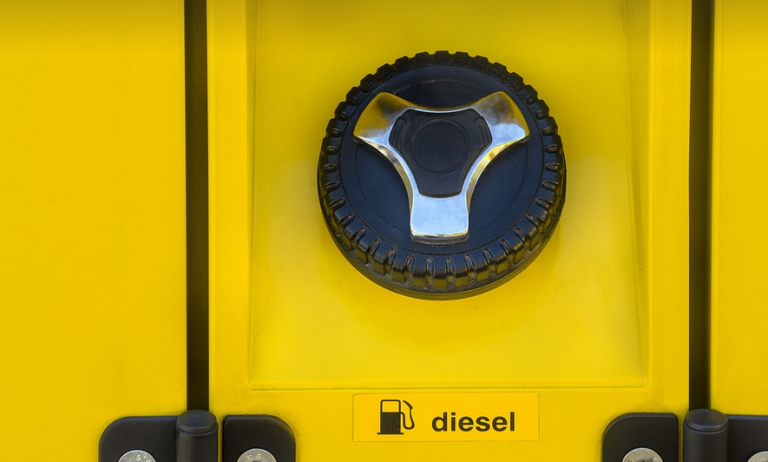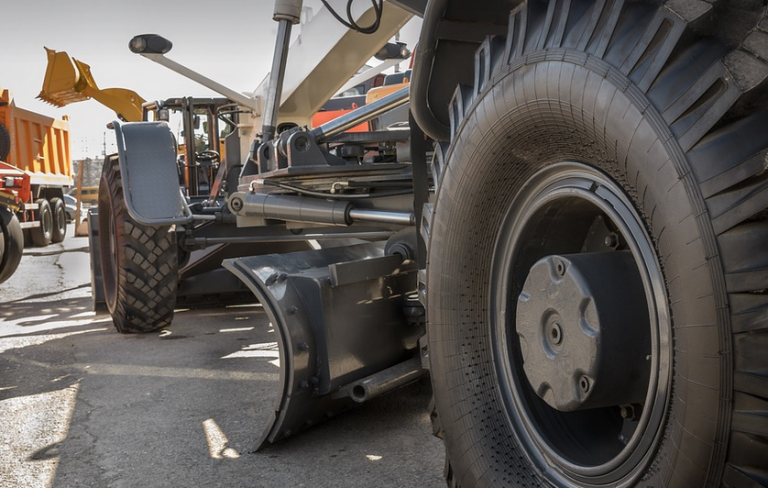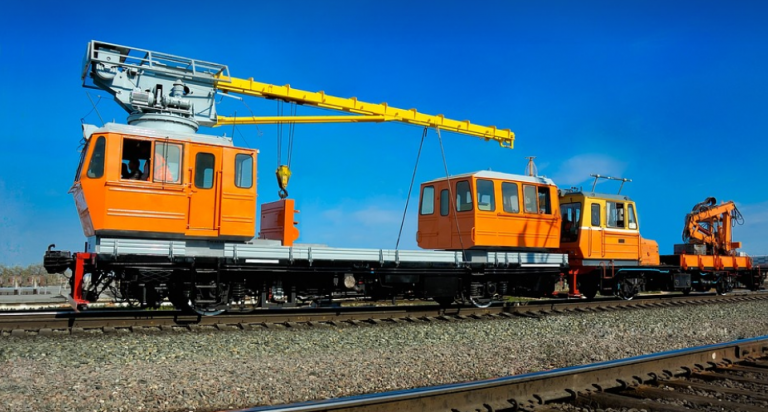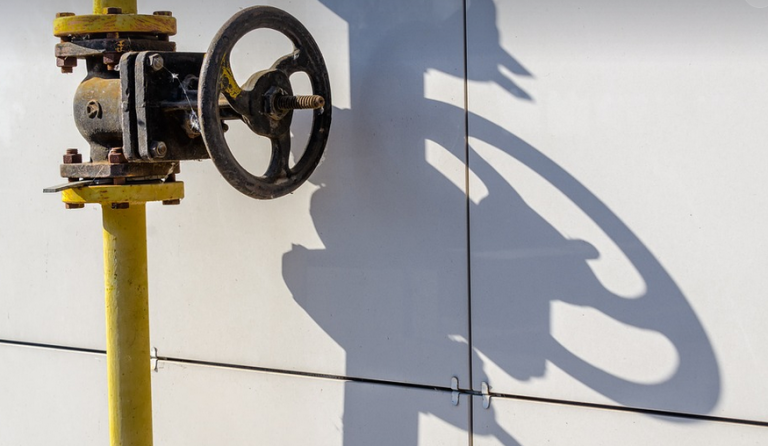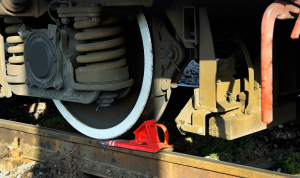What’s Under the Hood?
Imagine holding a tiny, focused beam in your hand. That’s essentially what your soldering iron’s heating coil does – it generates that intense heat, allowing you to melt solder and join metal components like a professional. But before we dive into the specifics of these coils, let’s talk about their overall importance.
Every soldering iron, regardless of its brand or price tag, relies on a heating coil, which is often hidden within the iron’s body. This coiled wire, typically made from nichrome or an alloy that exhibits exceptional resistance to heat, forms the very heart of your soldering tool.
The Mechanics of Heat: From Electricity to Flame
When you turn on a standard soldering iron, an electrical circuit connects the power source and the heating coil. The flow of electricity creates a subtle imbalance in energy levels within the coil. This energy transfer causes electrons to bump into the metal atoms in the coil wire, generating friction and heat.
It’s like this: imagine you have a bunch of kids running around, bumping into each other – that’s the electrical currents. But then some of them get stuck and start vibrating really hard, creating a mini-explosion of energy. That’s what happens to those electrons in the coil wire.
As this process continues, the coil’s temperature rises significantly. The more electricity flows through it, the hotter it gets. This is how your soldering iron can melt solder and join metal components.
Coil Material Matters: A Tale of Resistance and Performance
The type of material used for the heating coil plays a crucial role in determining the soldering iron’s performance. You’ll often find two common types: nichrome and alloy.
**Nichrome:** This is your classic choice, known for its excellent resistance to high heat. It can handle temperatures exceeding 1000°C (1832°F) without degrading! It’s versatile enough for various tasks, from delicate work to heavy-duty soldering.
**Alloy:** Some manufacturers use alloys of nickel and chromium to enhance the coil’s resistance to heat and corrosion. This offers a good balance of performance and durability. However, they might not reach the same high temperature as nichrome.
Coil Type Matters: Straight-Line vs. Flexible
The type of heating coils you’ll find in soldering irons varies quite a bit. Some use straight lines, while others utilize flexible coil designs.
**Straight Coils:** These are the workhorses. They’re efficient for specific tasks, making them perfect for joining small items or fine-tuning solder joints.
Coil Design: A World of Possibilities
Coil design plays a vital role in how effectively your soldering iron delivers heat to your project. Some designs prioritize quick heating and consistent power, while others focus on even heat distribution across a larger area.
**Air-flow:** Many modern soldering irons feature an internal air-flow system that helps circulate the hot air around the soldering head, ensuring consistent heat transfer for optimal results.
## Soldering Iron Coil Care & Maintenance
Just like any other part of your soldering iron, the coil needs some TLC to keep it running smoothly and efficiently for years to come.
**Regular Cleaning:** After every soldering session, use a soft cloth or brush to gently clean away excess solder flux or metal shavings from the coil’s surface. You can also use a slightly damp cloth to get rid of any dust build-up.
**Storage & Handling:** When not in use, make sure your soldering iron is stored in a safe, dry place. Unplug it and keep it away from direct sunlight or other extreme temperatures.
The Impact of Coil Quality on Your Work
A high-quality coil will make all the difference in your soldering experience. It ensures even heat distribution, reducing the risk of overheating components and potentially damaging them.
A well-designed coil can significantly enhance your soldering efficiency, allowing you to complete projects faster and with greater precision.
Let me know if you would like to continue learning more about specific aspects of a soldering iron’s heating coil!

